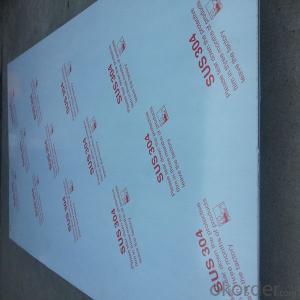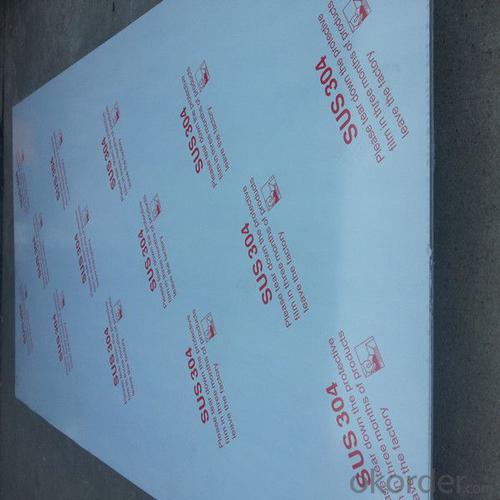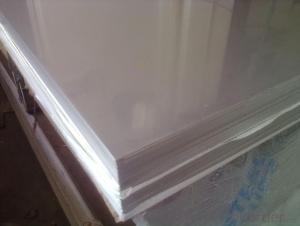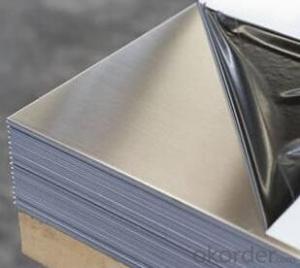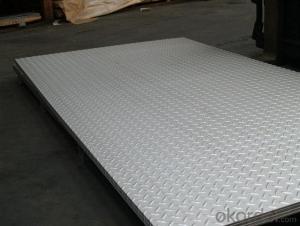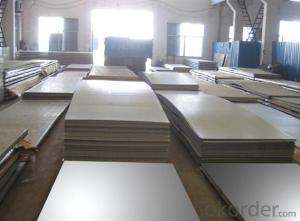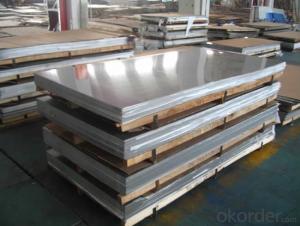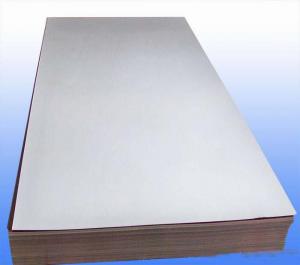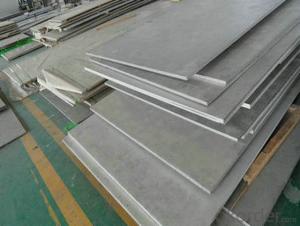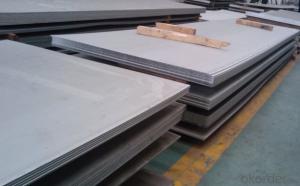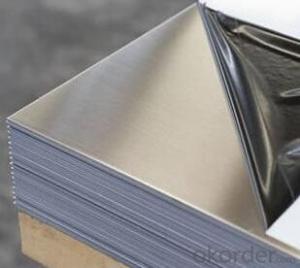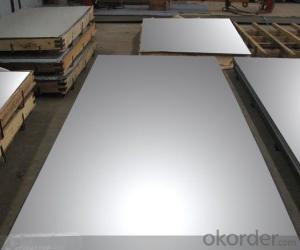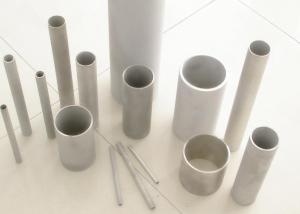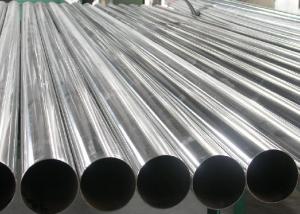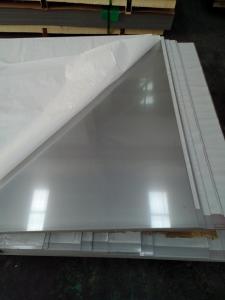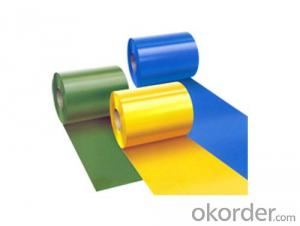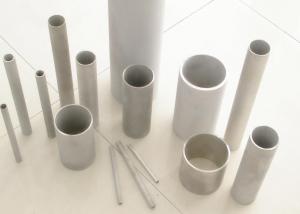201 304 304l 316 316l Stainless Steel Sheet
- Loading Port:
- Shanghai
- Payment Terms:
- TT OR LC
- Min Order Qty:
- 2 m.t.
- Supply Capability:
- 3000 m.t./month
OKorder Service Pledge
OKorder Financial Service
You Might Also Like
Specification
Company Profile:
We have more than 5 years of experiences in producing high quality stainless steel products, such as: 201, 202,301,304,304l,321,316,316L,309S,310S ...Stainless steel sheet,coil,tube,bar,etc.
We can supply high quality products, provide good service and competitive price.
Detail Information:
| Commodity | Stainless Steel Coil | ||||||||
| Width | 60mm to 1500mm or customized | ||||||||
| Thickness | 0.1mm to 30mm | ||||||||
| Surface | NO.1,2B,2D,BA,NO.4,NO.6,NO.8,etc | ||||||||
| Material | 201 202 304 301 302 316 316L 309 310s 410 430 etc. | ||||||||
| Standards | AISI ASTM JIS SUS and GB | ||||||||
| Certifications | ISO 9001and SGS | ||||||||
| Applications | Kitchenware, utensils, tableware, household appliances, construction decoration and daily products | ||||||||
| Packing | Seaworthy wooden pallet or according to client's requirement | ||||||||
| Place of origin | Shanxi China (mainland) | ||||||||
| Paymentterms | L/C or T/T | ||||||||
| Delivery time | Up to order quantity | ||||||||
Chemical Composition:
| Grade | C | Si | Mn | P | S | Cr | Ni | N |
| 201 | ≤0.15 | ≤1.00 | 5.5-7.5 | ≤0.06 | ≤0.03 | 16-18 | 3.5-5.5 | ≤0.25 |
| 202 | ≤0.15 | ≤1.00 | 7.5-10.0 | ≤0.06 | ≤0.03 | 17-19 | 4.0-6.0 | ≤0.25 |
Surface:
| Surface | Definition | Application |
| NO.1 | The surface finished by heat treatment and pickling or processes corresponding there to after hot rolling. | Chemical tank, pipe. |
| 2B | Those finished, after cold rolling, by heat treatment, pickling or other equivalent treatment and lastly by cold rolling to given appropriate luster. | Medical equipment, Food industry, Construction material, Kitchen utensils. |
| NO.3 | Those finished by polishing with No.100 to No.120 abrasives specified in JIS R6001. | Kitchen utensils, Building construction |
| NO.4 | Those finished by polishing with No.150 to No.180 abrasives specified in JIS R6001. | Kitchen utensils, Building construction, Medical equipment. |
| HL | Those finished polishing so as to give continuous polishing streaks by using abrasive of suitable grain size | Building Construction. |
| BA(No.6) | Those processed with bright heat treatment after cold rolling. | Kitchen utensils, Electric equipment,Building construction. |
| Mirror (No.8) | Shinning like a mirror | Building construction |
The Advantage of Stainless Steel Products:
A : Elegance Surface and Diversity Usage
B : Corrosion Resistance and Longer Srevice Life
C :Heat Resistance
D: High Strength
F :High Strength of Oxidation Resistance
G: High Plasticity
H: Easy Surface Treatment
I : Hygiene and High Degree of Finish
J: Excellent Welding Performance
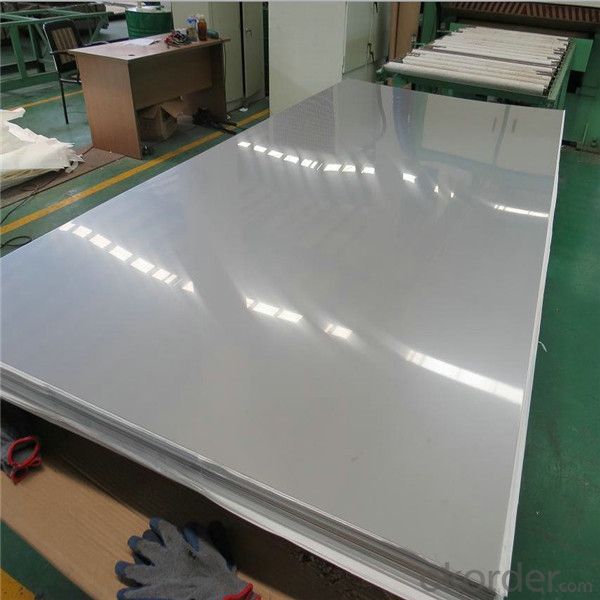
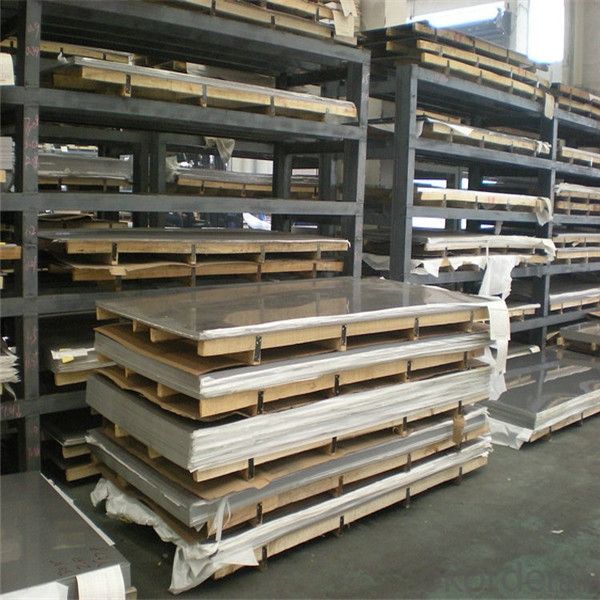
- Q: Can stainless steel sheets be used for solar water heaters?
- Yes, stainless steel sheets can be used for solar water heaters. Stainless steel is a durable and corrosion-resistant material, making it suitable for withstanding the harsh conditions of a solar water heating system. It can effectively absorb and retain heat, making it a good choice for the absorber plate in a solar collector. Stainless steel sheets also have excellent thermal conductivity, allowing for efficient heat transfer to the water. Additionally, stainless steel is a sustainable and environmentally friendly choice, as it is recyclable and has a long lifespan.
- Q: Can stainless steel sheets be used for decorative staircases?
- Indeed, decorative staircases can make use of stainless steel sheets. With its versatility, stainless steel emerges as a highly sought-after material in architectural and interior design domains, offering both aesthetic charm and long-lasting strength. When employed in decorative staircases, stainless steel sheets impart a polished and contemporary feel, elevating the overall allure of the staircase. Moreover, stainless steel's resistance to corrosion and staining renders it perfect for high-traffic zones such as staircases. Not only that, but it also boasts easy cleaning and maintenance, magnifying its appropriateness for ornamental intentions.
- Q: 304 why is stainless steel magnetic?
- Some people often think that the inspection of stainless steel with good or bad, using a magnet, magnet does not smoke, no magnetic, genuine; smoke, then there is magnetism, is considered a fake fake. In fact, this is an extremely one-sided and unrealistic method of discrimination.Generally speaking, stainless steel has magnetism and also has no magnetism. The austenite is nonmagnetic or weakly magnetic, such as 201, 202, 304, 316, etc. the martensite or ferrite is magnetic, such as 430, 420, 410, etc..
- Q: Can stainless steel sheets be used for airport terminals?
- Yes, stainless steel sheets can be used for airport terminals. Stainless steel is a highly versatile material that offers several advantages for use in airport terminals. Firstly, stainless steel is corrosion-resistant, which is essential in a high-traffic environment like an airport where exposure to moisture and chemicals is common. This property ensures that the stainless steel sheets will maintain their structural integrity and appearance over time. Additionally, stainless steel sheets are durable and can withstand heavy foot traffic and the wear and tear associated with airport operations. This makes them suitable for various applications within the terminal, including walls, ceilings, cladding, countertops, and furniture. Stainless steel is also easy to clean and maintain, making it a hygienic choice for high-traffic areas like airport terminals. Furthermore, stainless steel has an aesthetic appeal that can enhance the overall design of the airport terminal. Its sleek and modern look can create a sense of sophistication and elegance. Stainless steel sheets are available in various finishes, such as brushed, polished, or patterned, allowing for customization to suit the desired aesthetic requirements of the terminal. Overall, stainless steel sheets are a practical and visually appealing choice for airport terminals due to their corrosion resistance, durability, ease of maintenance, and aesthetic versatility.
- Q: Can stainless steel sheets be used for elevator flooring?
- Yes, stainless steel sheets can be used for elevator flooring. Stainless steel is a popular choice for elevator flooring due to its durability, strength, and resistance to corrosion. It is able to withstand heavy foot traffic and is easy to clean and maintain. Additionally, stainless steel is visually appealing and can add a sleek and modern look to elevators.
- Q: How do I install stainless steel sheets?
- To install stainless steel sheets, you will need to follow a few steps: 1. Measure and prepare the area: Start by accurately measuring the area where you want to install the stainless steel sheets. Use a tape measure to determine the length and width of the space. Additionally, make sure the surface is clean, dry, and free from any debris or contaminants. 2. Cut the sheets: If the stainless steel sheets you have purchased are not already pre-cut to the desired size, you will need to cut them to fit the area. Use a metal cutting saw, such as a circular saw or an angle grinder with a metal-cutting blade, to make precise cuts. Make sure to wear safety goggles and work gloves while cutting to protect yourself from any flying debris. 3. Apply adhesive or screws: Depending on the method you prefer, you can either use an adhesive or screws to secure the stainless steel sheets to the surface. If you choose to use an adhesive, apply a thin layer of construction adhesive to the back of the sheet and press it firmly onto the surface. For added security, you can also use screws to fasten the sheets. Pre-drill holes into the stainless steel sheets and then screw them into place using stainless steel screws. 4. Secure the edges: Once the sheets are in place, secure the edges by using trim pieces or stainless steel molding. This will give your installation a clean and finished look while also providing additional protection to the edges of the sheets. 5. Clean and maintain: After the installation is complete, clean the stainless steel sheets using a mild detergent and a soft cloth. Avoid using abrasive cleaners or scrub brushes as they can scratch the surface. Regular cleaning and maintenance will help preserve the appearance and longevity of the stainless steel sheets. Remember, if you are unsure about any step of the installation process, it is always recommended to consult a professional or seek guidance from the manufacturer of the stainless steel sheets you have purchased.
- Q: Do stainless steel sheets require any special maintenance?
- Yes, stainless steel sheets require regular cleaning and maintenance to maintain their appearance and prevent corrosion. This typically involves using mild soap or detergent and a soft cloth or sponge to remove any dirt, fingerprints, or grease. Additionally, avoiding the use of abrasive cleaners or steel wool is important to prevent scratching the surface.
- Q: What are the common methods of cutting stainless steel sheets?
- There are several common methods of cutting stainless steel sheets, each with its own advantages and limitations. Here are a few commonly used methods: 1. Shearing: Shearing involves using a machine with two blades to slice through the stainless steel sheet. This method is suitable for thinner sheets and produces clean, straight cuts. However, it may leave a slight burr on the edge of the cut. 2. Plasma cutting: Plasma cutting is a versatile method that uses a high-temperature plasma arc to melt and blow away the metal. It is effective for cutting stainless steel sheets of various thicknesses and shapes. Plasma cutting provides fast, precise cuts and can handle both straight and curved lines. 3. Laser cutting: Laser cutting uses a focused laser beam to cut through stainless steel sheets. It is highly accurate and produces smooth, precise cuts with minimal distortion. Laser cutting is suitable for both thin and thick sheets, but it can be slower than other methods for thicker materials. 4. Waterjet cutting: Waterjet cutting involves using a high-pressure stream of water mixed with abrasive particles to cut through stainless steel. This method is precise and can handle various thicknesses and shapes. Waterjet cutting is known for its clean edges and the ability to cut without heat-affected zones. However, it may be slower than other methods and can be more expensive. 5. Sawing: Sawing is a traditional method that involves using a saw blade to cut through stainless steel sheets. It is suitable for thicker sheets and can handle both straight and curved cuts. Sawing produces relatively clean cuts but may result in more material waste compared to other methods. These are just a few of the common methods used to cut stainless steel sheets. The choice of method depends on factors such as the thickness of the sheet, desired cut quality, shape complexity, and budget. It is important to consider the specific requirements of the project and consult with professionals to determine the most suitable cutting method.
- Q: Can stainless steel sheets be used for elevator interiors?
- Yes, stainless steel sheets can be used for elevator interiors. Stainless steel is a popular material choice for elevator interiors due to its durability, aesthetic appeal, and ease of maintenance. It is resistant to corrosion, scratches, and stains, making it ideal for high-traffic areas like elevators. Stainless steel sheets can be customized to fit the specific design requirements of the elevator, and they come in a variety of finishes, such as brushed, mirror, or patterned, allowing for a sleek and modern look. Additionally, stainless steel is easy to clean and sanitize, which is especially important in public spaces like elevators where hygiene is a priority. Overall, stainless steel sheets offer a versatile and practical solution for elevator interiors.
- Q: What's the difference between galvanized steel and stainless steel?
- The corrosion resistance of stainless steel decreases with the increase of carbon content. Therefore, the carbon content of most stainless steel is lower, the maximum is not more than 1.2%, and the Wc (carbon content) of some steel is even lower than 0.03% (such as 00Cr12). The main alloying element in stainless steel is Cr (chromium), which is corrosion resistant only when the Cr content reaches a certain value. Therefore, stainless steel in general Cr (chromium) content of at least 10.5%. Stainless steel also contains Ni, Ti, Mn, N, Nb, Mo, Si and other elements.
Send your message to us
201 304 304l 316 316l Stainless Steel Sheet
- Loading Port:
- Shanghai
- Payment Terms:
- TT OR LC
- Min Order Qty:
- 2 m.t.
- Supply Capability:
- 3000 m.t./month
OKorder Service Pledge
OKorder Financial Service
Similar products
Hot products
Hot Searches
Related keywords
